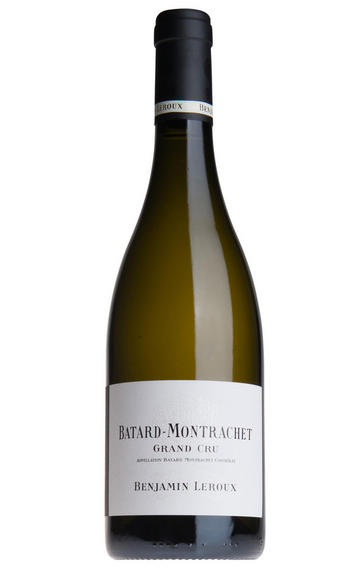
About this WINE
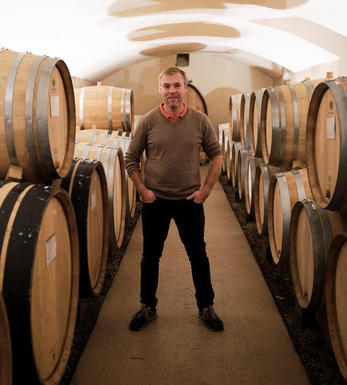
Benjamin Leroux
Having created a name for himself as régisseur (general manager) of Domaine du Comte Armand in Pommard, Benjamin Leroux established, with English backing, a small négociant business based in Beaune since 2007. The range is confined to the Côte d’Or, from Chassagne-Montrachet to Gevrey-Chambertin, with the intention of developing farming contracts or indeed purchasing vineyards in the future.
The possibilities are very exciting for this exceptionally talented vigneron. Benjamin is a master at delivering purity of fruit alongside a seamless texture in his wines which have only the subtlest influence of oak. One of Benjamin’s favourite locations for white wine vineyards is the border between Auxey-Duresses and Meursault, which is where Les Vireuils can be found. Here the natural weight of Meursault is enhanced by the fresher minerality typical of the side valley of Auxey-Duresses.
Jasper Morris MW, Burgundy Wine Director and author of the award-winning Inside Burgundy comprehensive handbook.
Discover the story behind our Own Selection Bourgogne Côte d’Or Pinot Noir, made for us by Benjamin. Read more
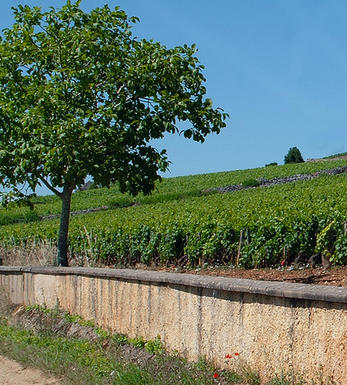
Bâtard-Montrachet
Renowned for its exceptional white wines, Bâtard-Montrachet is a Grand Cru appellation, situated in the heart of the Côte de Beaune subregion of the larger Côte-d'Or department. The vineyards are nestled between the villages of Puligny-Montrachet and Chassagne-Montrachet.
The terroir is characterised by a mixture of limestone and clay soils, with a significant proportion of limestone, which contributes to the unique mineral character of the wines. The region benefits from a continental climate with some influence from the nearby Saône River, providing ideal conditions for cultivating Chardonnay grapes.
The wines are celebrated for their complexity, richness, and intensity and typically exhibit ripe fruit flavours such as citrus, pear, and peach, along with notes of hazelnut, honey, and minerals. Bâtard-Montrachet wines are known for their exceptional ageing potential, often improving and developing more complexity over many years in the bottle.
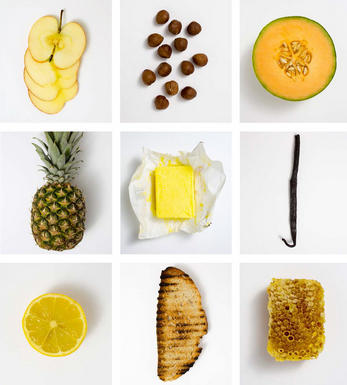
Chardonnay
Chardonnay is often seen as the king of white wine grapes and one of the most widely planted in the world It is suited to a wide variety of soils, though it excels in soils with a high limestone content as found in Champagne, Chablis, and the Côte D`Or.
Burgundy is Chardonnay's spiritual home and the best White Burgundies are dry, rich, honeyed wines with marvellous poise, elegance and balance. They are unquestionably the finest dry white wines in the world. Chardonnay plays a crucial role in the Champagne blend, providing structure and finesse, and is the sole grape in Blanc de Blancs.
It is quantitatively important in California and Australia, is widely planted in Chile and South Africa, and is the second most widely planted grape in New Zealand. In warm climates Chardonnay has a tendency to develop very high sugar levels during the final stages of ripening and this can occur at the expense of acidity. Late picking is a common problem and can result in blowsy and flabby wines that lack structure and definition.
Recently in the New World, we have seen a move towards more elegant, better- balanced and less oak-driven Chardonnays, and this is to be welcomed.


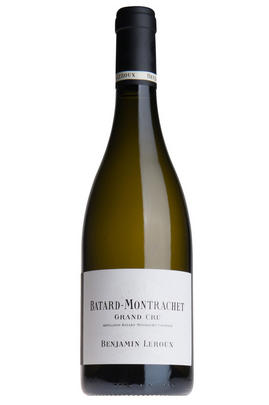
Buying options
Add to wishlist
Description
Only one barrel of this wine, from Benjamins own property at the top of the vineyard on the Chassagne side, was produced in 2010. A scintillating nose awaits that is brooding with intensity and moves onto an ever increasing volume of fruit on the palate, perfect oak integration and extraordinary persistence.
Jasper Morris MW, Burgundy Director
Benjamin Leroux has managed to produce almost as much wine in 2010 as he did in 2009. Some of his grape contracts were short because of the low crop in 2010, but he has been able to compensate with some new sources of supply. 2010, Benjamins fourth vintage, looks to be a great success in both colours here. Included in this selection is a cuve of Volnay Santenots from the Hospices de Beaune whose lvage we entrusted to Benjamin.
wine at a glance
Delivery and quality guarantee